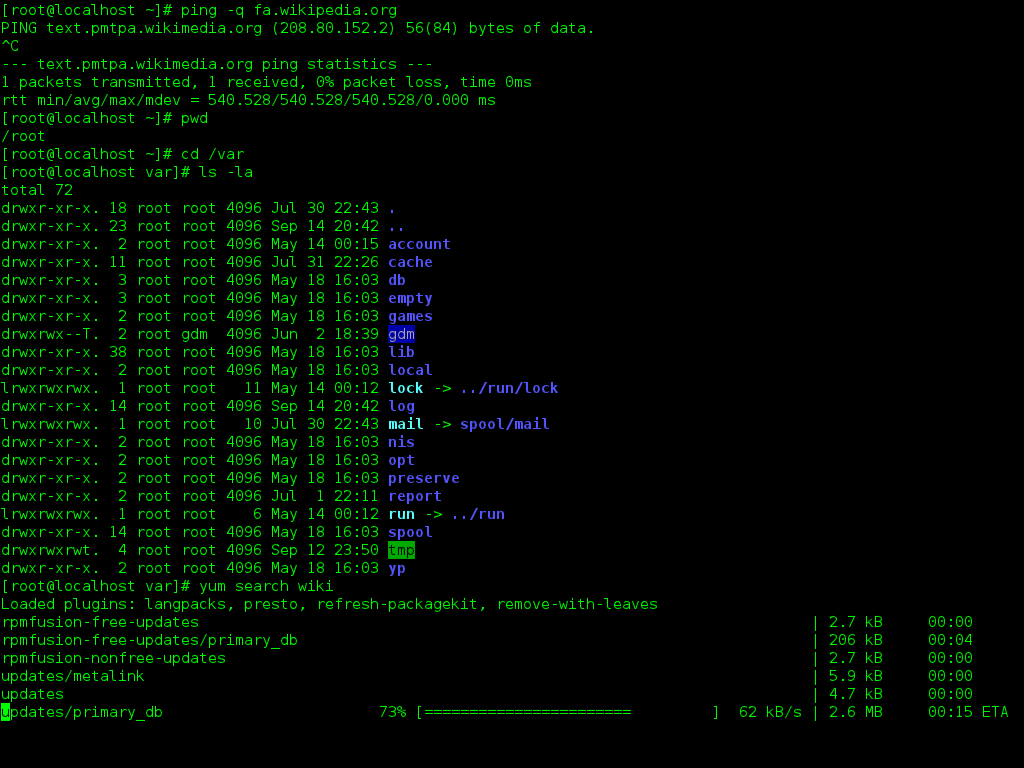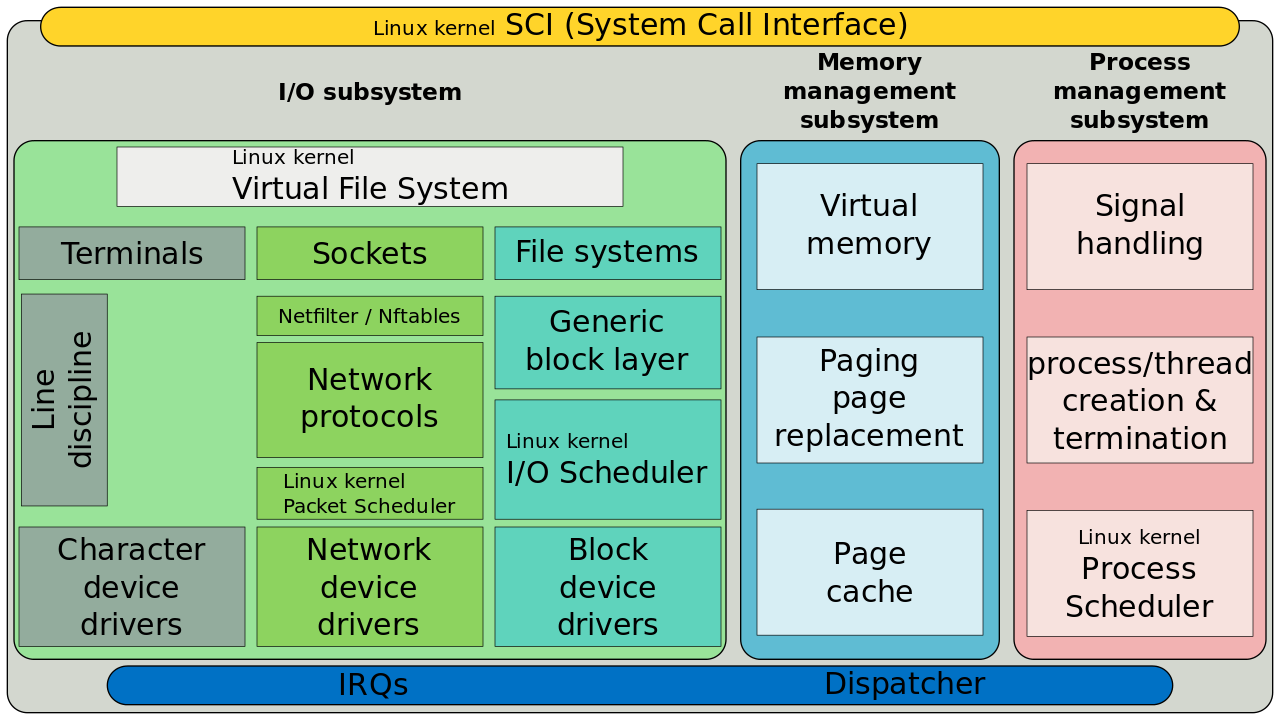Unlocking the intricate world of Linux, this article delves into the depths of the Linux kernel, enlightening readers about its inner workings and the fundamental role it plays in the operating system.
Linux Kernel Overview

The Linux Kernel is at the core of the Linux operating system. It functions as the bridge between the hardware and the software, allowing them to communicate effectively. Understanding the Linux Kernel is essential for anyone looking to work with Linux systems.
The Linux Kernel is open-source, meaning its source code is freely available for anyone to study, modify, and distribute. This openness has led to a vibrant community of developers who contribute to its continual improvement.
One of the key features of the Linux Kernel is its modularity. It is made up of various modules that can be dynamically loaded and unloaded, allowing for flexibility and customization. This modularity also extends to the device drivers, which are responsible for interacting with hardware devices.
The Linux Kernel provides a wide range of functionalities, including process management, memory management, file system management, and network management. It is designed to be efficient, reliable, and secure.
To learn more about the Linux Kernel, there are various resources available. O’Reilly Media, for example, offers a range of books and online courses that cover different aspects of the Linux Kernel. These resources can provide in-depth knowledge and practical skills to help you become proficient in working with the Linux Kernel.
Taking Linux training is highly recommended for anyone interested in working with Linux systems. It will provide a solid foundation in understanding the Linux Kernel and its inner workings. Linux training courses often cover topics such as kernel configuration, device driver development, and debugging techniques.
By gaining a deep understanding of the Linux Kernel, you will be able to troubleshoot issues, optimize performance, and develop custom solutions. This knowledge can open up various career opportunities in the field of Linux system administration, embedded systems development, or Linux kernel development.
Understanding the Role of the Kernel in Linux

The kernel is a crucial component of the Linux operating system. It acts as a bridge between hardware and software, enabling communication and coordination between the two. Understanding the role of the kernel is essential for anyone interested in Linux and its inner workings.
The kernel serves as the core of the operating system, managing resources, and facilitating the execution of programs. It handles tasks such as memory management, process scheduling, device drivers, and file system operations. Without a properly functioning kernel, the operating system would not be able to perform these essential functions.
One important aspect of the kernel is its ability to provide a secure and stable environment. It implements security measures to protect against unauthorized access and ensures the stability of the system by handling errors and exceptions gracefully. This is crucial for enterprises and individuals who rely on Linux for their daily operations.
The Linux kernel is constantly evolving and improving. It is developed by a large community of contributors from around the world, who work together to enhance its features, fix bugs, and optimize performance. This collaborative effort ensures that the kernel remains up-to-date with the latest technologies and can support a wide range of hardware and software configurations.
If you are interested in learning more about the kernel and how it works, there are various resources available. Books like “Understanding the Linux Kernel” by O’Reilly Media provide in-depth explanations and insights into its inner workings. Online tutorials and courses are also available, offering hands-on experience and practical knowledge.
By gaining a solid understanding of the kernel, you can unlock the full potential of Linux. Whether you are a system administrator, developer, or simply a Linux enthusiast, having knowledge of the kernel will enable you to troubleshoot issues, optimize performance, and customize the operating system to suit your needs.
Taking Linux training courses can be a great way to deepen your understanding of the kernel and other aspects of the operating system. These courses often cover topics such as kernel configuration, driver development, and system performance tuning. They provide a structured learning environment and hands-on exercises to ensure that you gain practical skills and knowledge.
The Advantages of Choosing Red Hat for Linux

When it comes to choosing a Linux distribution, Red Hat stands out for several reasons. Its advantages make it a top choice for those seeking Linux training.
One of the main advantages of Red Hat is its strong focus on security. The Red Hat kernel (operating system) is known for its robust security features, making it a trusted choice for enterprises and organizations. With Red Hat, you can rest assured that your system is protected against potential threats.
Another advantage is the extensive support and documentation provided by Red Hat. They offer comprehensive training and certification programs, making it easier for individuals to learn and become proficient in Linux. The availability of reliable resources ensures that users can troubleshoot any issues and gain a deeper understanding of the Linux kernel.
Red Hat’s commitment to open source is also worth noting. As an open-source distribution, Red Hat allows users to access and modify the source code. This fosters collaboration and innovation within the Linux community. By choosing Red Hat, individuals can contribute to the development of the Linux kernel and benefit from the collective knowledge of the community.
Additionally, Red Hat offers a stable and reliable platform for running Linux. Their rigorous testing and quality assurance processes ensure that the system is robust and performs optimally. This stability is crucial for organizations that rely on Linux for critical operations.
Another advantage of Red Hat is its wide range of software packages and tools. Red Hat provides a comprehensive suite of applications and utilities that cater to various needs, such as system administration, networking, and development. This rich ecosystem allows users to customize their Linux environment and tailor it to their specific requirements.
Furthermore, Red Hat has a strong reputation in the industry. It is widely recognized as a leader in enterprise Linux and is trusted by many large organizations. Choosing Red Hat for Linux training can enhance your credibility and open doors to exciting career opportunities.


